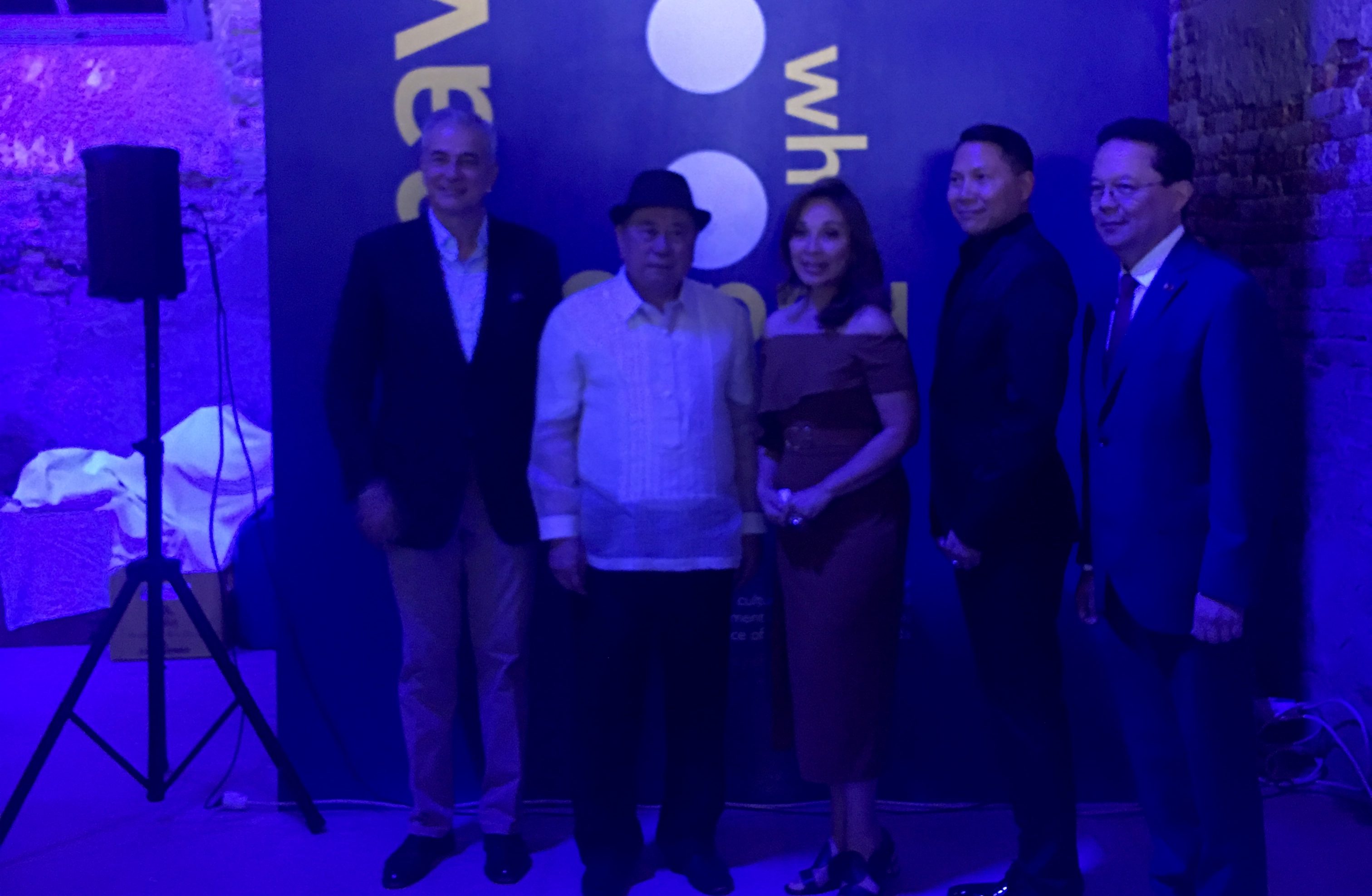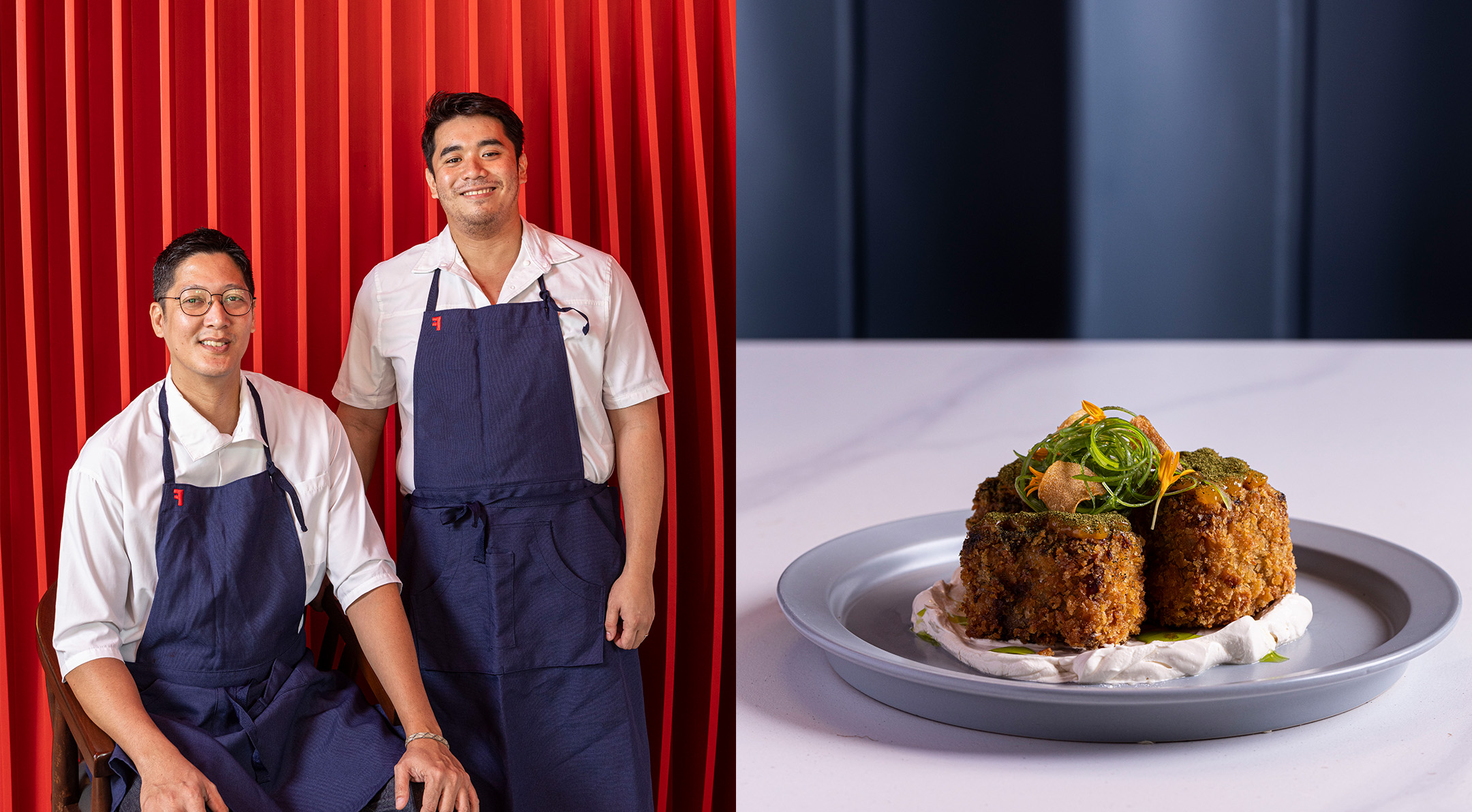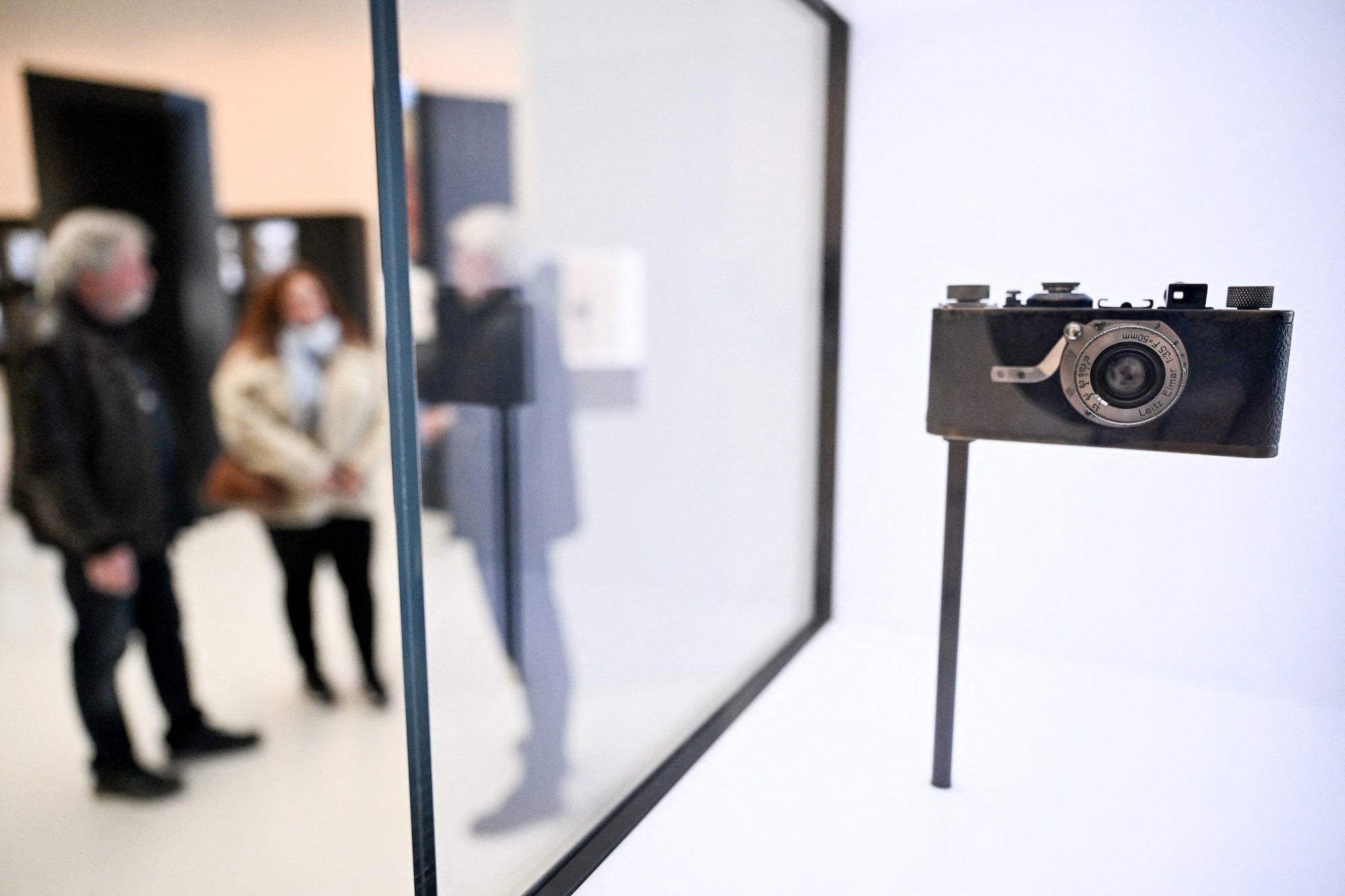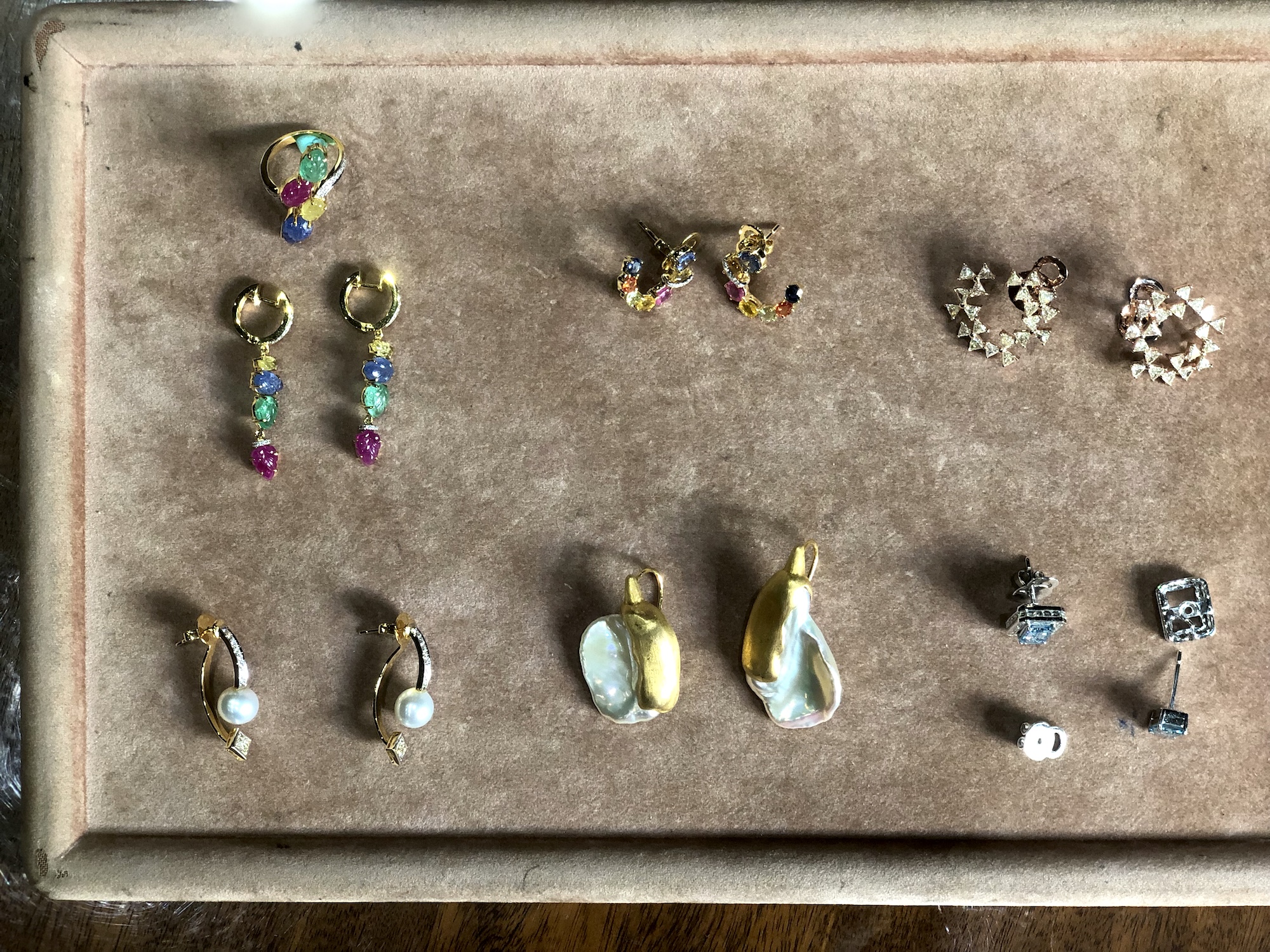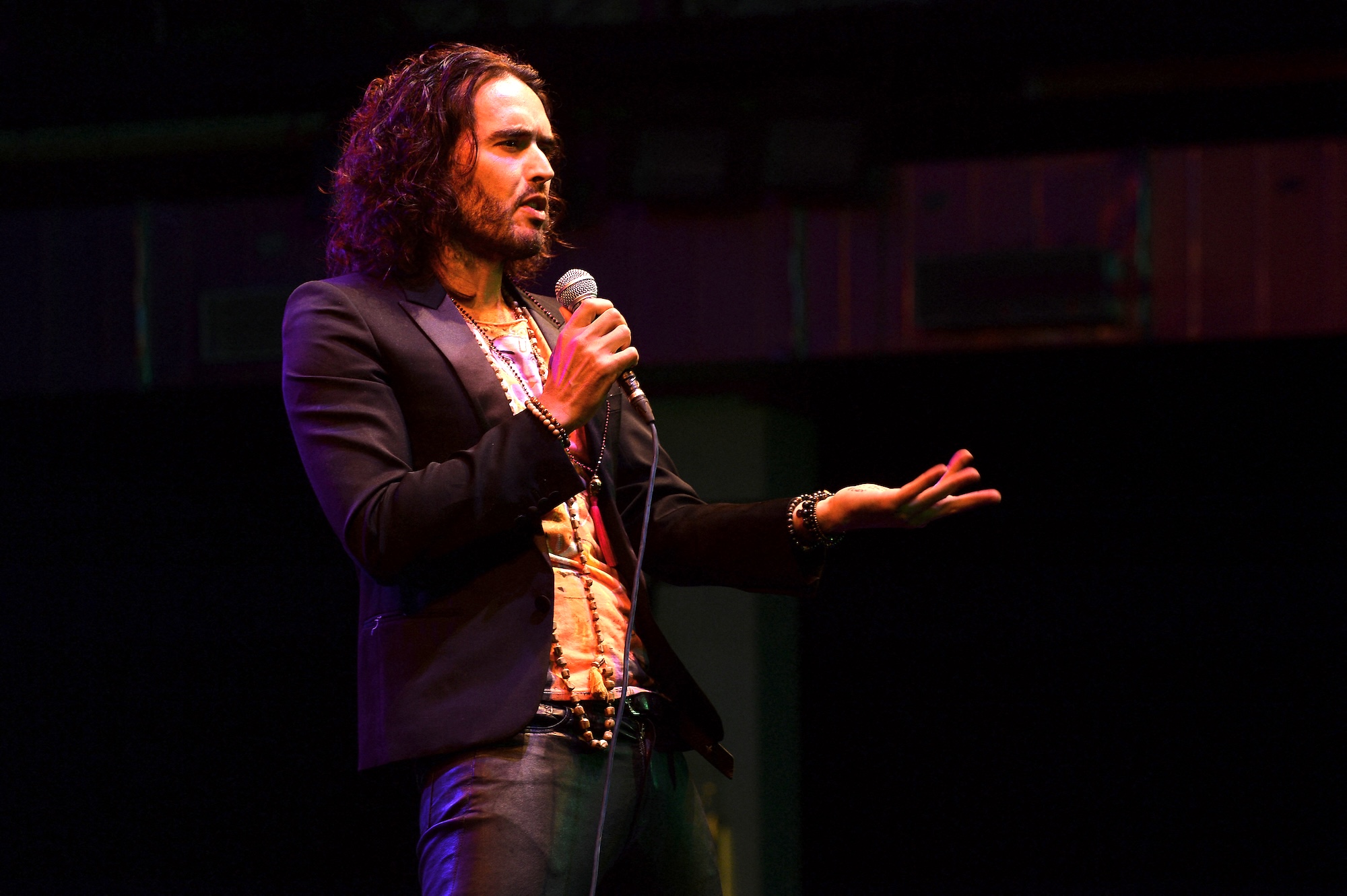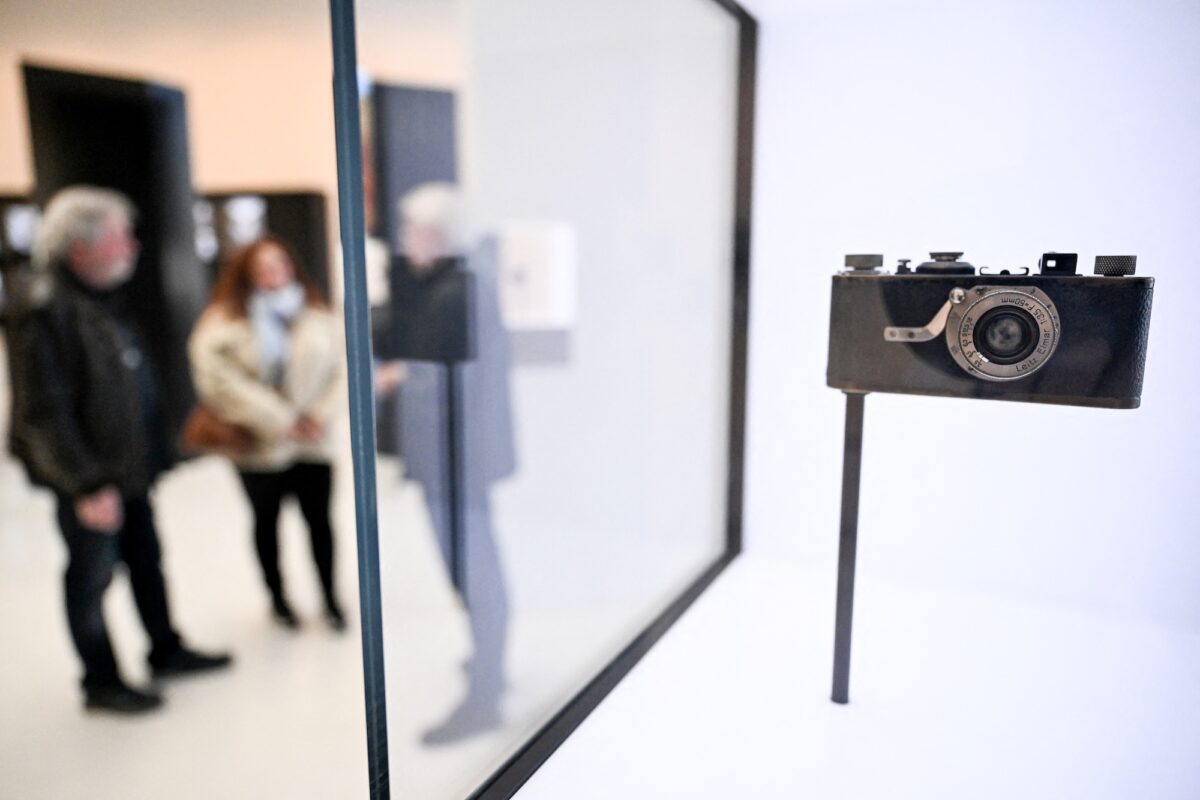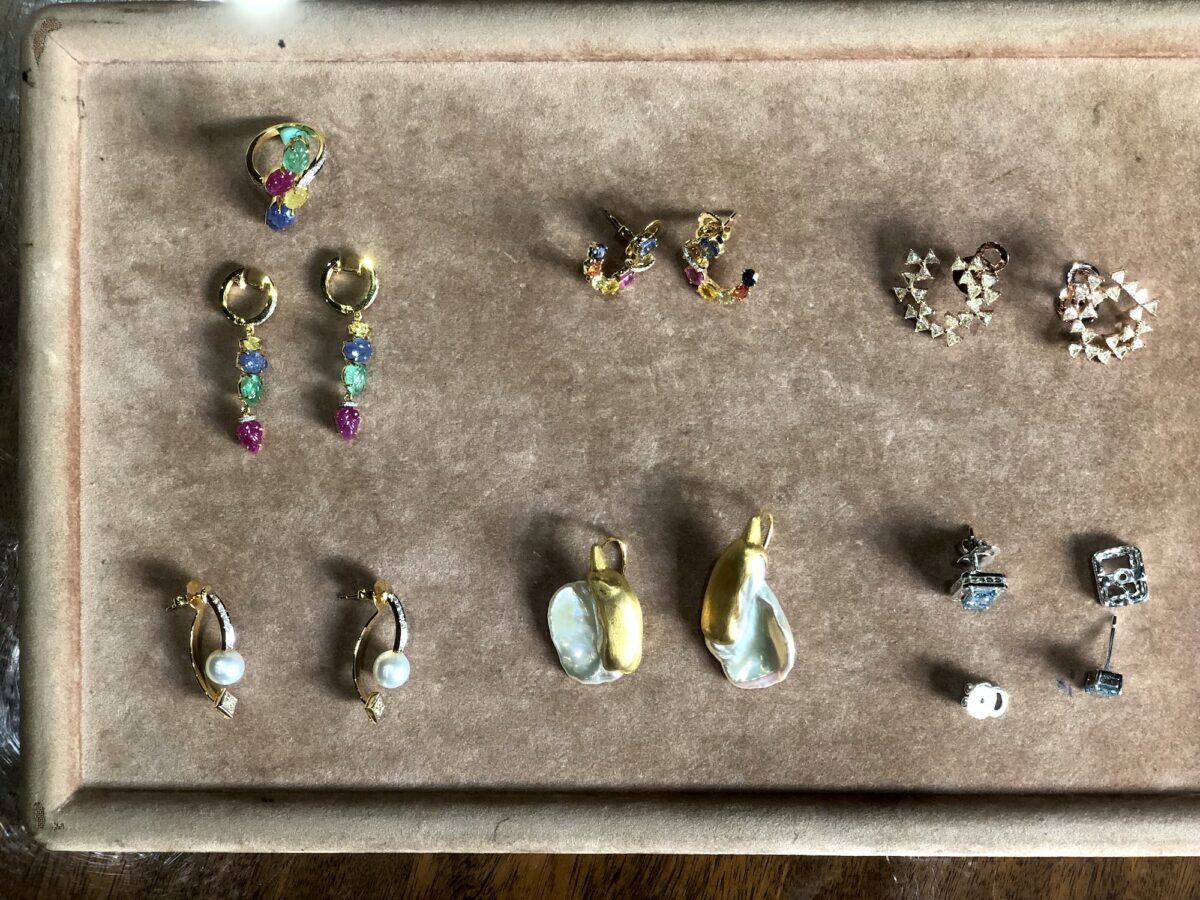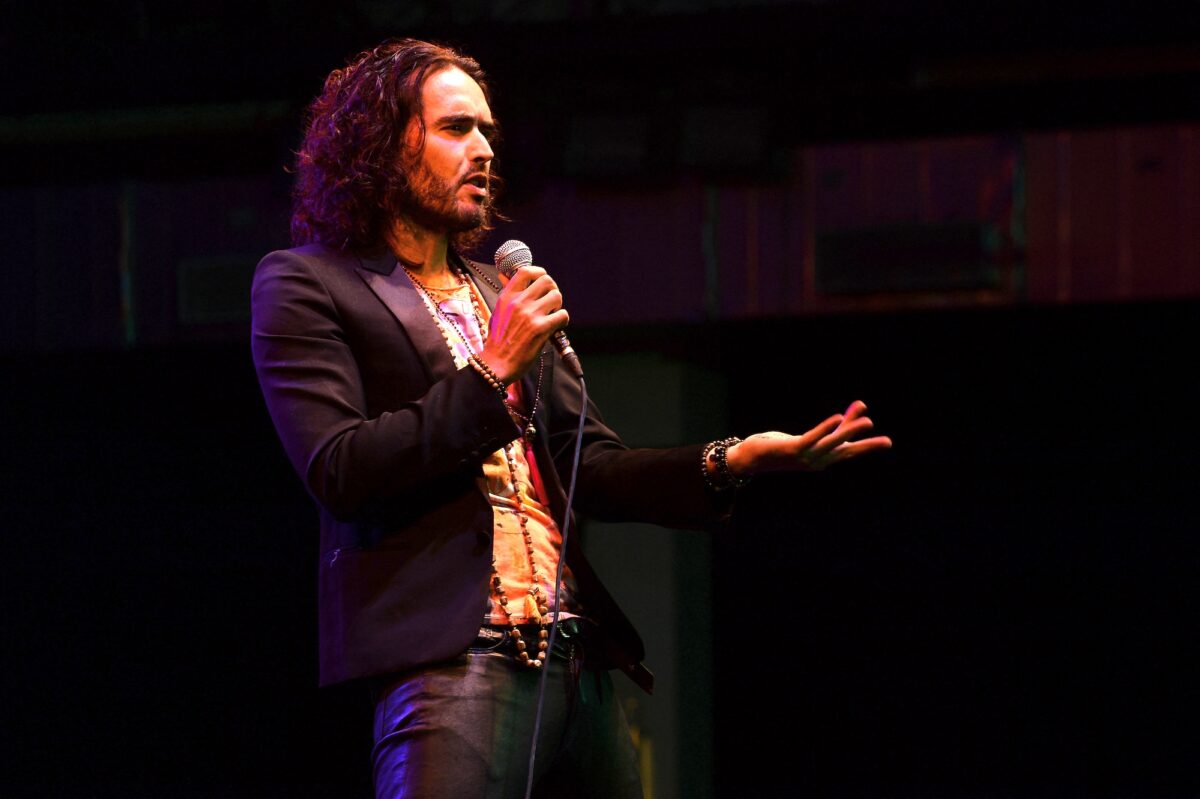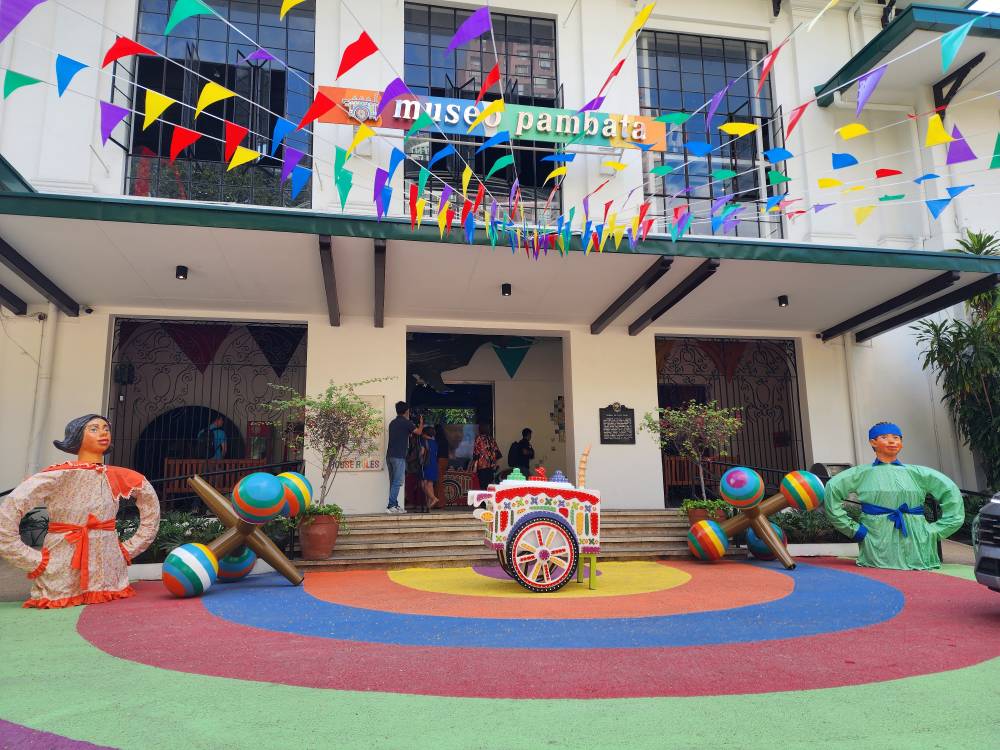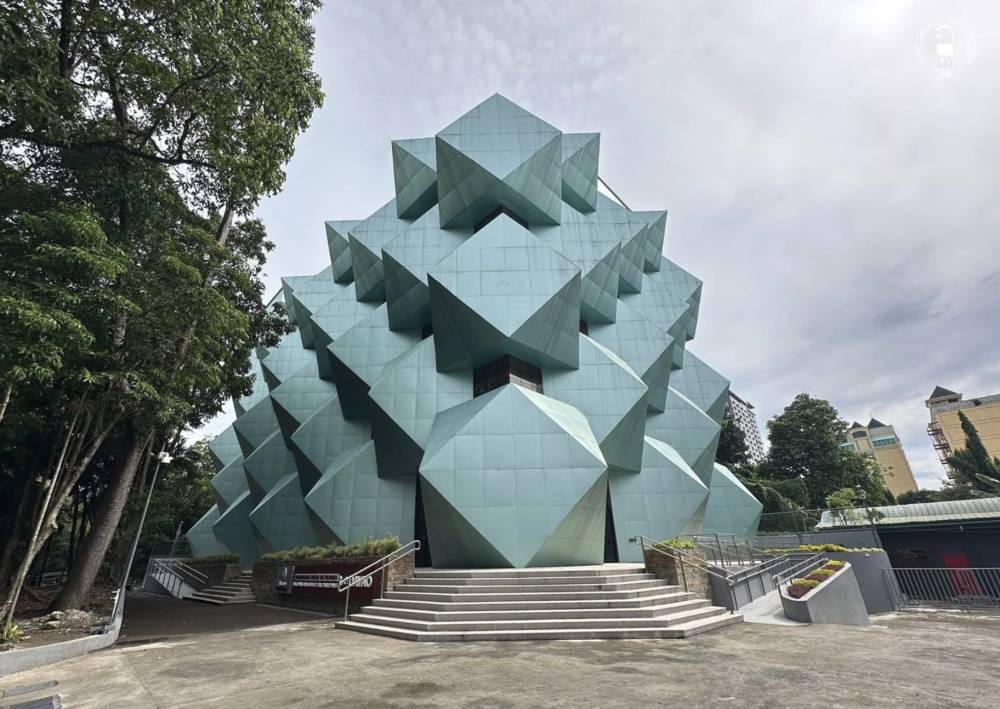Venice – The Philippines has unveiled ‘The City Who Had Two Navels’, its much-anticipated entry to the Venice Architecture Biennale 2018 held at the historic port of Arsenale in this Renaissance City.
A huge multi-channel digital installation and exhibits showing vignettes of the country’s colonial past and neoliberal present urban landscape greeted a big crowd of Philippine officials and spectators as the pavilion’s curator, architect, and professor Dr. Edson Cabalfin presided over the ‘vernissage’ or preview on Thursday morning here.
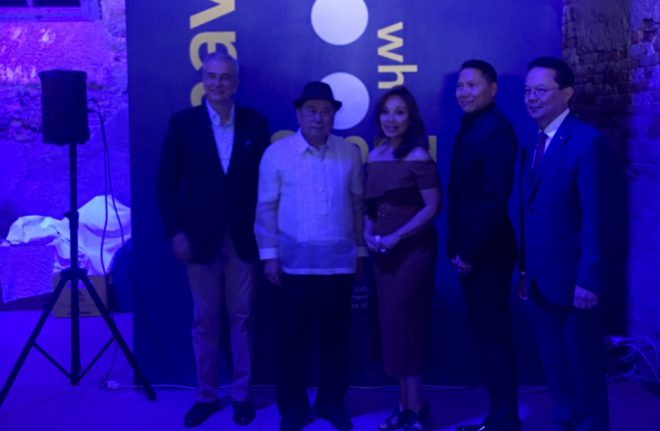
The pavilion, which showcases how the two forces of colonialism and neoliberalism have shaped Philippine architecture and cities, was the country’s entry to the 16th International Architecture Exhibition, which will run for six months from May 26 to November 25, 2018, in this city.
The Philippines is among 63 countries with national pavilions at the Venice Architecture Biennale, which all held their preview tours on May 24.
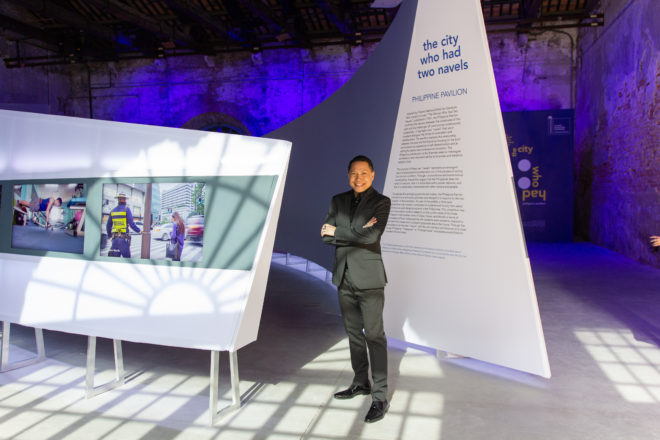
Senator Loren Legarda, principal architect of the country’s re-entry to the world’s most prestigious exhibition for contemporary art after a 51-year absence, led officials present for the preview prior to the public viewing on May 26.
Legarda, who made time despite the recent reorganization in the Senate, said the Philippine pavilion has secured the country’s rightful place in the global contemporary art scene with its wealth of artistic talent.
“The presence of the Philippines in the Arsenale is really a testament to the Philippines being at the center of art and culture in the world,” Legarda said in an emotional speech before a crowd that filled the Philippine pavilion space.

She recalled how she battled for years for funding and support so that the Philippines could participate again at the Venice Biennale after its first and last participation in 1964.
“As we view the realization of Dr. Cabalfin’s curatorial concept in this beautiful space, the Artiglierie of the Arsenale, let us allow ourselves to question what we see. Let us converse with our fellow spectators, with the exhibition itself, and with ourselves. Let us challenge the beliefs of the curator. After all, this is the beauty of the Venice Biennale and this has been our goal in our participation – to let our country showcase our creative talents and at the same time challenge the truths of the world by opening up conversations through our national pavilion,” Legarda said.
“The conversations you have elicited from our colonial past to our neoliberal present and the many possibilities of the future really boggles the mind,’’ Legarda also said in her speech, addressing Cabalfin.
“We may or may not agree with you but that’s what art is all about – the dialogs, the conversations, and discussions that will bring forth more questions. So this pavilion is the Philippines’ answer to the continuing global conversations on art and culture,” Legarda added.
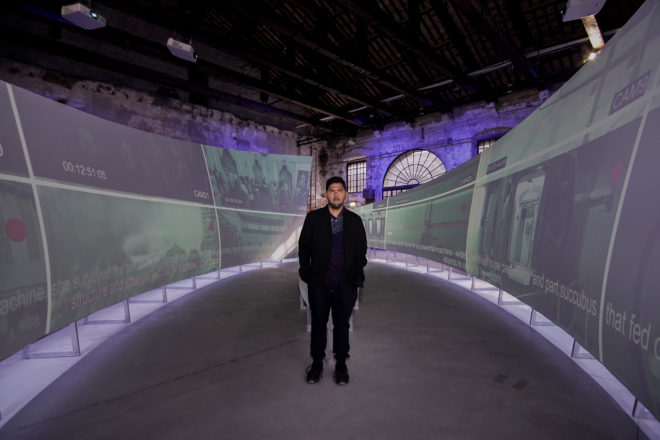
Legarda was joined by national artist Virgilio Almario, chair of the National Commission for Culture and the Arts (NCAA); Philippine ambassador to Italy Domingo Nolasco; Riya Lopez, director of the Philippine Arts in Venice Biennale (PAVB) and representatives of the Department of Tourism.
Businessman Fernando Zobel de Ayala and his family were among those who came to witness the opening of the national pavilion. Zobel de Ayala was among the jurors who judged 12 curatorial proposals submitted for the Philippine pavilion, which Cabalfin won.
Another juror who attended the program was Lani Maestro, a visual artist who participated at the Philippine pavilion in the 2017 Venice Art Biennale.
Cabalfin was joined by artist, filmmaker, and UP Professor Yason Banal, who made the well-received installation, as well as exhibitors from four leading architecture schools in the country who did their own exhibits as part of the pavilion.
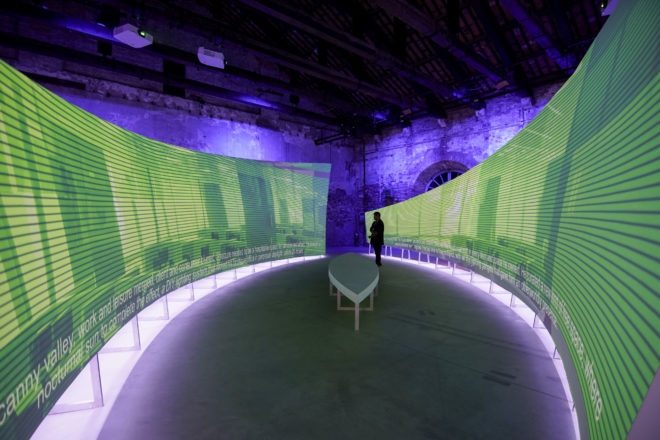
Angelo Regalado represented the University of the Philippines-Mindanao, Joseph Espina from the University of San Carlos, Gerald Thomas Joson from UP Diliman, and Arlene Lusterio of the non-governmental organization TAO-Pilipinas. The De La Salle – College of St. Benilde was also among the exhibitors.
They were part of the consortium Cabalfin commissioned to study the architecture of Metro Manila, Cebu, and Davao as part of the pavilion.
In his speech, Almario said the pavilion was in keeping with “Freespace,” the theme of this year’s Venice Architecture Biennale curated by Yvonne Farrell and Shelley McNamara, an award-winning team based in Dublin.
For the Philippine pavilion, Almario translated “Freespace” as “pookginhawa” – literally, a comfortable place.
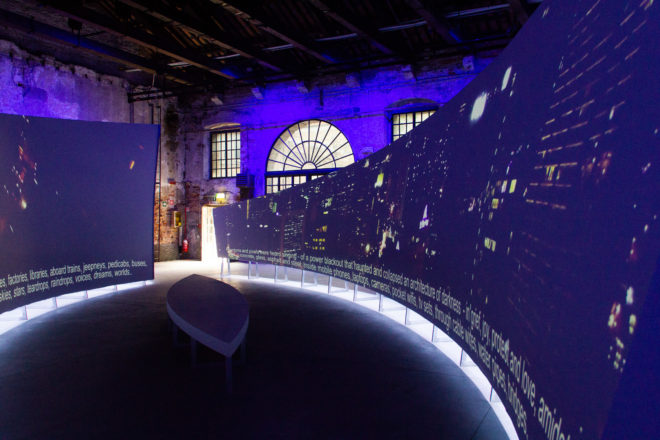
For Filipinos, Almario said “pookginhawa” means “relief or lightness” of feeling, which he said was more nuanced than the usual meaning of free space as freedom.
“When a space is filled with life and gives breath, that is a space that embraces concepts of kindness, generosity, democracy, and hope which is the space that Filipinos crave and dream of,” Almario said.
Cabalfin said it was an emotional moment for him to finally unveil the pavilion after over seven months of hard work and preparation.
The result was a Philippine narrative displayed in a 14-meter long video screen meant to symbolize the navel as Cabalfin took inspiration from national artist Nick Joaquin’s novel “The Woman Who Had Two Navels.”
At the media briefing during the preview, Cabalfin explained his curatorial concept as showcasing how the two forces of colonialism and neoliberalism have influenced the country’s built environment over centuries, and how the neoliberal era altered the present urban landscape.
The First Navel in Cabalfin’s exhibit is titled “(Post)Colonial Imaginations” and showed how Philippine displays in global expositions in 1887, 1904, and as recent as 1998 “reproduced colonial narratives” of Filipinos as exotic people living in primitive dwellings.
In this section, Cabalfin posed this question to the world: Can we truly escape the colonial?
In the Second Navel titled “Neoliberal Urbanism,” Cabalfin showcased the modernization of Philippine cities brought about by an endless flow of capital in the free market era.
In this age, Philippine cities are dotted not with nipa huts but with high rises and sophisticated residential enclaves, mixed-use business districts and modern buildings housing the ubiquitous business process outsourcing industry as “shapers of a new 24-hour urban experience.”
For this second navel, Cabalfin asked: Is neoliberalism a new form of colonialism?
“Just because I posed these questions, I don’t necessarily answer them. My goal is to provoke a discussion,” Cabalfin said, noting that the battle between colonialism and neoliberalism is common among all countries.
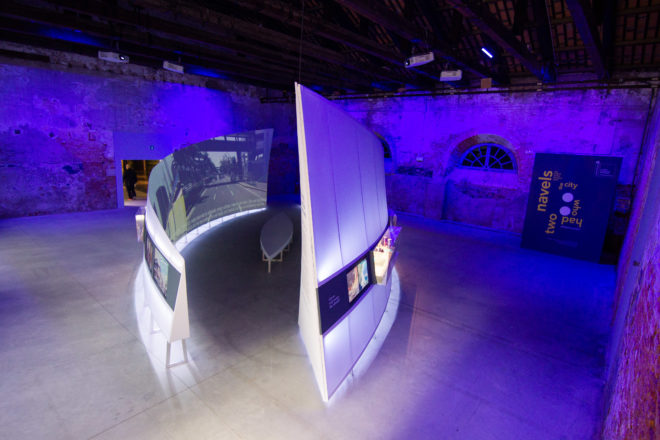
In the middle of the exhibition, Yason’s video installation is presented as the “juncture of the two navels” where visitors were invited to contemplate on their own experiences with the colonial and neoliberal times.
Cabalfin said the pavilion argues that “the Philippines does not exist in a vacuum, that it is implicated within power relations, and that it is inextricably intertwined with other nations and people.”
Cabalfin said he was hoping that his exhibit would provoke discussions of how Filipinos could have a better future.
“I don’t think this (exhibit) is the end but rather the beginning of longer discussions and I really envision a lot of possibilities. I’m hopeful that people will be aspiring for a better future,” Cabalfin added.
Cabalfin obtained his architecture degree (cum laude) and his masters in architecture both from UP Diliman. As a Fulbright fellow, he obtained his M.S. in Architecture degree from the University of Cincinnati where he is now an associate professor in the School of Architecture and Interior Design, College of Design, Architecture, Art, and Planning.
Officials also celebrated the fact that the Philippine architecture pavilion this year is housed at the Arsenale, home of the Venice Biennale regarded as the world’s most prestigious platform for contemporary art.
Venice Biennale had its beginnings in 1895 under the House of Savoy and runs the art and architecture biennales in alternating years.
The massive Arsenale, the largest production center in Europe in the pre-industrial era, was where Venice’s maritime trading vessels were made. It is now one of two main venues of the Venice Biennale, along with the central pavilion in Giardini.
“Being in the Arsenale is bringing the Philippines closer to other nations and opening more opportunities for dialogue with other pavilions and a wider audience,” Legarda, said.
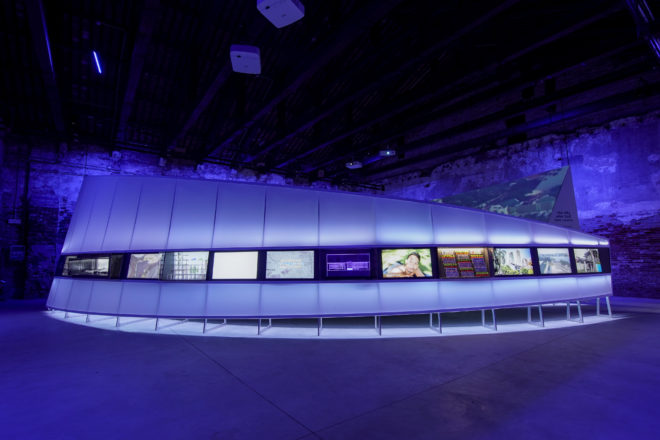
Legarda said that in 2015 and 2016, the Philippine pavilion was housed in Palazzo Mora, a beautiful 18th-century palace but far from the heart of the Biennale.
“In 2015, I was happy that we got back in the Venice Biennale, but I knew that we could not stop there. Who would have thought that only after two years, the Philippines, which may be a developing country but is rich with artistic talent, would be in the Arsenale? It makes me proud of the work we do and for me, it is a dream come true,” Legarda said.
This is the second time the Philippines was housed at the Arsenale after it secured the venue in 2017 for the Venice Art Biennale.
Legarda was the principal advocate who worked for the country’s return to the Venice Biennale in 2105 after an absence of 51 years. The country’s first and last participation at the Venice Biennale was in 1964, at the art exhibition which featured works by Napoleon Abueva and Jose Joya who went on to become national artists.
Legarda, an acknowledged patron of Philippine culture and arts, was disappointed to know in 2013 that countries like Tuvalu and Maldives were participating in the Venice Biennale while the Philippines was conspicuously absent.
Legarda worked tenaciously to find funding and support for the Philippines, and her dream came true in 2015 when the country joined the Venice Art Biennale. Last year, the Philippines first achieved the feat of being at the Arsenale for the first time at the art biennale.
“Having a national pavilion in the Venice Biennale is a great feat in itself,” Legarda said.
The PAVB, composed of Legarda, Lopez, the NCCA and DFA, and with support from the DOT, organizes the country’s yearly participation.
Almario is the PAVB commissioner.
In presenting the winning concept in Manila recently, Almario said this year’s pavilion enriches the country’s narrative.
Almario said the pavilion enriches the narrative of the Philippines, which has suffered in the past due to its problematic representation in global expositions.
“In global expositions since 1887 and even until today, we have been presented as living in huts, wearing loincloths and dancing in circles,” Almario said in a press conference at the NCCA earlier this month.
“However, anyone who has stepped into Manila, Cebu, and Davao would know that we have been expanding and renegotiating our space.”
“To present this version of the Philippines to the Biennale, thus to the world, enriches the narrative of our country,” Almario added.
Legarda said her next goal was to institutionalize Philippine participation in the Venice Biennale through a bill she has filed.
She said Filipinos should support the country’s presence in this and many other biennales.
“Many Filipinos seem detached from the ideas floated in artworks, especially since we are citizens of a developing nation. But art is food for the soul,” Legarda said.
“Moreover, our culture is a powerful tool in promoting our diplomatic agenda,” she said, adding the Philippine participation was “one way of conversing with other nations.”
“It is an avenue to establish contact and share our culture with the world. Art is a form of cultural diplomacy, which I consider as one of the strong tools of soft power which we can employ to pursue our political and economic initiatives with other nations,” she also said.
In choosing the country’s entry, Legarda said she has always looked for a proposal’s ability to converse and dialogue with a global audience while maintaining the Filipino identity.
“While the Venice Biennale is an international exposition, our national pavilion must be able to communicate the realities of our nation. This is an important formula for our national pavilions to stand out,”’ she said.
For details on the Philippine pavilion at the Venice Art Biennale 2018, visit https://www.philartvenicebiennale.com and La Biennale di Venezia. /kga

